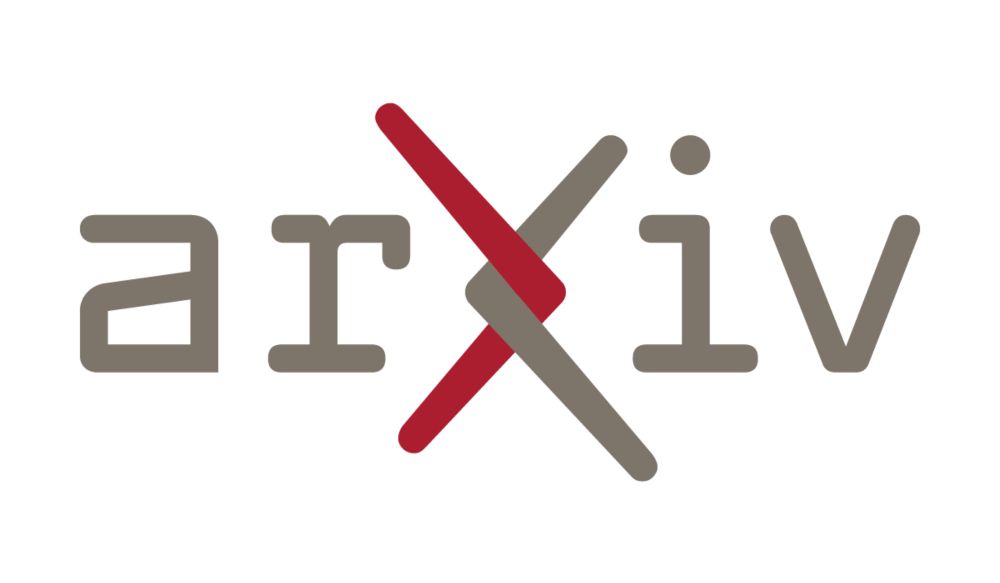
Read our full preprint here: arxiv.org/abs/2502.20580 #Neuroscience #MachineLearning #DeepLearning

Read our full preprint here: arxiv.org/abs/2502.20580 #Neuroscience #MachineLearning #DeepLearning
Congrats to John and Jan on their outstanding work!

Congrats to John and Jan on their outstanding work!

